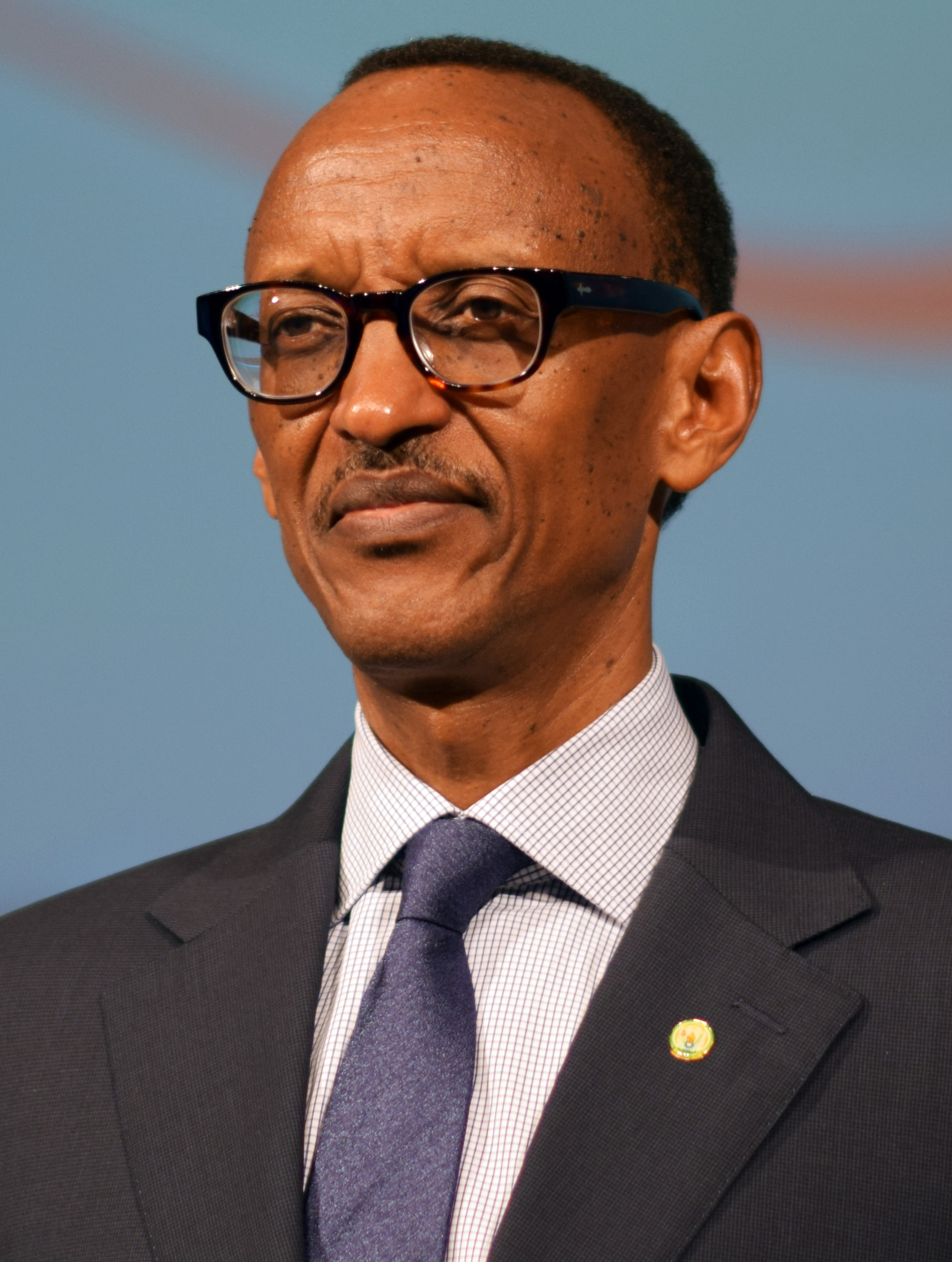The End of the Genocide

A picture of Paul Kagame from 2014. (Creative Commons photo. Attribution to author and info can be found here)
The turning point of this genocide was when the Rwandan Patriotic Front (RPF) started fighting back against the rebels. Paul Kagame and the UN brought in troops to help the RPF and they started to push the Hutu rebels back. They would eventually liberate the whole country after having a 3 prong attack.
A ton of other people tried to help shelter the Tutsi people to save whomever they could. An Italian diplomat named Pierantonio Costa ended up saving 2,000 people using $3 million of his own money in doing so and received medals of honor from Italy and Belgium for his actions. A Hutu nurse named Jacqueline Mukansonera saved a stranger by hiding him for 11 days in the hospital and then bribed a police officer to get them out. A mixed ethnicity manager at the Hôtel des Mille Collines saved 1,268 people by using his hotel to shelter them. He later took some of the orphans from the hotel to Tanzania to keep them safe from the violence. His actions were made into a movie (Hotel Rwanda) in 2004 and was awarded the Presidential Medal of Freedom by US President George W. Bush the year after that. Some people argue that the movie wasn’t accurate because it was much less violent that the real thing, although even these critics admit they couldn’t make a movie that showed what really happened. Carl Wilkens was the only American who chose to stay in Rwanda during the genocide. He stayed at the Gisimba Orphanage and saved 400 people. The fact that he was an American scared the rebels, who didn’t want the US to come in and stop what was happening. He later went to another orphanage and saved another 100 kids.
The sheer number of refugees that poured into neighboring countries caused a lot of problems for these governments that became known as the Great Lakes Refugee crisis. It was a huge task to get the food and supplies that would help the 2 million refugees survive. Unfortunately, there was never enough aide to go around so between 600 and 2,000 people a day died in these camps from starvation or epidemics. It was so bad that US President Bill Clinton called it the “world’s worst humanitarian crisis.” Many countries refused to provide aide though because they were worried that people had
committed murder in Rwanda prior to going to these camps, so they were unwilling to help “feed killers.”
Between 800,000 and a million people died in the 100 days after the assassination of the president, and would set off smaller conflicts in the years to come in Rwanda and neighboring countries. The official numbers are hard to come by because people weren’t keeping records, but the general idea was that 10,000 people a day were killed (7 dying every minute). Only 300,000 Tutsis would survive this onslaught and hundreds of thousands of children were left orphaned in both groups from the fighting. On top of all of that up to ½ a million women were raped, with most survivors getting HIV from the experience. It may be hard to believe, but not all religious groups condemned the genocide at the time. Since both ethnic groups were largely Catholic, the church decided not to take a stand one way or the other, claiming this wasn’t a religious issue. The only group who spoke out clearly at the time were Muslims, which would lead to a ton of conversions after the genocide ended.
After the war the country had to deal with how they move on after this had happened. The RPF took over power in the government and cracked down on all political organizations to make sure that no one was pushing any hate. They also prohibited any and all forms of discrimination for obvious reasons. The UN at the same time charged people with war crimes for their actions in the International Criminal Tribunal. Many people were sentenced to death for their actions, but this was controversial to use the death penalty. Rwanda would abolish the death penalty in 2007 because of their feelings on its use.

A refugee camp in Zaire. (Public Domain photo. Info can be found here)
